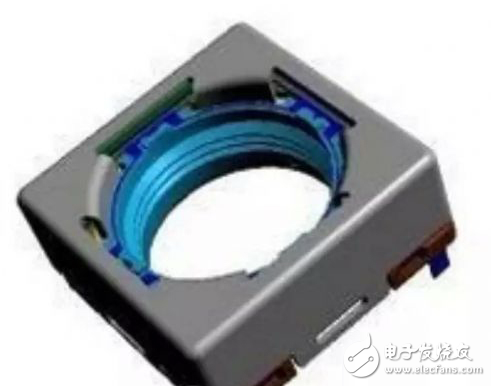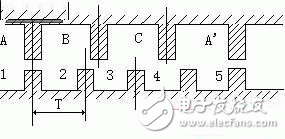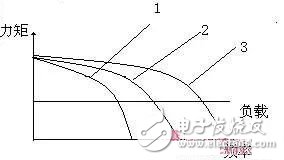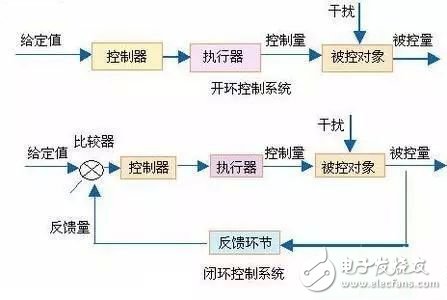The closed-loop motor as a new technology in the mobile phone lens can improve the focusing accuracy and speed of the mobile phone lens to a certain extent, and bring more impact factors on the imaging quality of the camera experience. Simply improving the focus accuracy and speed can reduce the camera to a certain extent. Jitter during shooting, but improving image quality depends more on other components such as sensors The closed loop here should be the meaning of close(d) loop, that is, close loop VCM, which is not too new in itself, and has been applied in manufacturing very early. For mobile phones, the earliest should be Samsung's products, which are used in the Galaxy S4. Recently, it seems that several domestic manufacturers are speculating and suddenly came out. Regarding the problem of imaging closed-loop motor camera, theoretically, the closed-loop focus is more accurate and faster, and there are certain advantages, but in general the quality of the lens is determined by the lens itself, and there will be no change. , but the rate of filming is higher. In general, the lens motor uses a stepping motor, and the voltage applied to both ends of the stepping motor is usually the same. If the load is constant, the motor will rotate as shown below when the current is constant. However, due to various reasons (load change, voltage change, inertia cause, in general, the general situation will occur), the position of the motor rotation is not as ideal as the above figure, we call this situation out of step In order to reduce the occurrence of such events, we detect the current and adjust the duty cycle/frequency. Why is it basically accurate by detecting the current? The reason is shown in the figure below (because it is the collected image, no text changes, please ignore all the text in the figure below) However, due to various reasons (load change, voltage change, inertia cause, in general, the general situation will occur), the position of the motor rotation is not as ideal as the above figure, we call this situation out of step In order to reduce the occurrence of such events, we detect the current and adjust the duty cycle/frequency. Why is it basically accurate by detecting the current? The reason is shown in the figure below (because it is the collected image, no text changes, please ignore all the text in the figure below) This way we can control the angle of rotation of the motor more accurately. It can be seen that if such a motor control circuit is used in the lens, the angle of rotation of the motor can be controlled more accurately, so that faster focusing can be achieved, that is, the use of closed-loop motor control can increase the focusing speed, and has no effect on imaging. Yes, but the impact is not big, because if the focus speed is slow, the software may sacrifice the focus accuracy when it cannot focus accurately for a certain period of time, telling the camera that it has been well focused. What is a closed-loop motor lens, what are the characteristics, how to affect the focus speed and image quality? Generally, the drive motor IC is matched with the voice coil motor, collectively referred to as the drive IC. What is actually discussed here is the private service system of the motor. The so-called open loop and closed loop are two fairly basic concepts in automatic control. The meaning of closed loop is simply to use feedback control. The voice coil motor itself does not know when to start, but where to end the movement, it needs to be driven to process and control. The so-called open loop is actually for the drive, but because the drive and the motor are not separated, so the general name It doesn't matter. The voice coil motor is essentially a linear motor. Compared with other motors, it has some characteristics. The principle and the space here are limited and simple. It is simply that there is a small strong magnetic field in the environment where the motor is located, and the motor There is a coil inside, and a magnetic field is generated after the coil is energized, so that it can move. As for the CCM carried, VCM AF is placed inside the coil when the focus lens group is placed. Then the traditional AF is roughly like this. It is not known to drive the moving distance of the focusing lens group. The DSP or ISP carrying the camera calculates the in-focus evaluation value (such as MTF, contrast, etc.) at different positions, and waits until the evaluation value is satisfied. When the condition is reached, the current in the coil is recorded. After the end of the whole stroke, the current just recorded is returned, and the VCM coil is again supplied, and the focus can be stabilized. The basics of the closed-loop AF motor are basically the same as the above, and the difference is that the stabilization speed is faster. This is due to the current sensor, motor control or servo are inseparable from the sensor, the current closed loop or OIS VCM is using Hall sensor, the principle comes from the Hall effect, not described here. As long as we know that this sensor can measure the Gauss value in the magnetic field and further determine the position of the object, there are disadvantages and advantages. It is more reliable and accurate. The Hall sensor is a position sensor that can obtain the position of the rotor (generally the coil surrounding the focus lens group) by sensing the magnetic field strength, that is, the voice coil motor using the position sensor knows the position of the coil, and the previous At that time, we can know that it is only the current. When the current is input again, the coil is only moving, and the position of the motion is not necessarily the same as when the last evaluation value is reached. With the Hall sensor we can consider the control strategy, but I am sorry that this is something else, and it is not necessary to disclose it, but I hope that the Kings will notice that even if it is a closed-loop strategy, different strategies will be generated. Different effects (such as double closed loop will be more accurate than single closed loop but more expensive). In general, the Hall sensor senses the magnetic field strength at the 0 and max positions just mentioned, and saves it in the drive. We can continue to measure the magnetic field strength at the moving position during the focus group movement. The intensity is returned to the drive, and the drive gets positive and negative errors based on the return value. Then we can use the positive and negative error control coil (actually the focus lens group) to move direction and speed, so that the focus can be accurately and quickly. If the focus group is placed between the intermediate positions to judge the moving direction, the moving distance becomes shorter, and higher efficiency can be obtained. Hall sensors can also be used in CCMs that support OIS, but this is not a big deal. In the AF problem of CCM, it is generally open loop VCM - "closed loop VCM -" MEMS this route goes down, the previous open loop AF problem is more time consuming, because the mirror group will not stop immediately when moving to the position, will Because inertia and other factors sway at the expected position, it takes a stable time to maintain (please recall the damped oscillation curve); theoretically, the closed-loop VCM is much shorter due to the self-contained feedback control, and stops at the expected position field. The probability is much higher than the open loop, which means that the general propaganda is fast and accurate (although in most cases he is a contradiction). But there is a shadow in the place with sunlight. The cost of this technology is relatively large. First, a reliable position sensor is needed. Secondly, due to the appearance of the position sensor, information exchange with the driver is needed. The traditional two contacts are not enough. Use, again, the drive must have certain storage and even data processing capabilities, and the control strategy needs to be implemented in software. Although it is not difficult to write, but good strategies and procedures are also difficult, not to mention CCM is limited in size and requires micro This results in closed-loop VCMs that are currently only available in some manufacturers. Samsung Motors has used the WithusVision driver. Other manufacturers such as Mitsumi and TDK also have the ability to produce closed-loop VCMs. However, these manufacturers generally do not produce mirrors and need to contact the mirrors themselves. Manufacturers (such as Da Liguang, Yu Jingguang, Kanto Meichen, etc.). The closed-loop motor introduces a detection current, which is equivalent to an additional negative feedback control method, so that each shift of the lens holder in the lens is more precise, which can certainly reduce the number of times the lens moves back and forth, and also increases the focusing speed. As for how much the focusing speed can be improved, it is hard to say. After all, before this technology, many high-end cameras are also very fast. The same mechanical structure lies in the machining precision of the imaging equipment itself. This is the main factor. The precision of the phone lens, the cost, the lens bracket, etc. must be the same. In addition, the image quality is very broad. If the improved stepper motor makes each shift of the lens holder in the lens more precise, the accuracy of the focus is also improved, which improves the image quality. Single Burner Electric Hotplate Portable Hot Plate,Single Burner Electric Hotplate,Hot Plates,Hot Plates With Stainless Housing Shaoxing Haoda Electrical Appliance Co.,Ltd , https://www.zjhaoda.com



